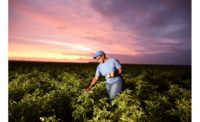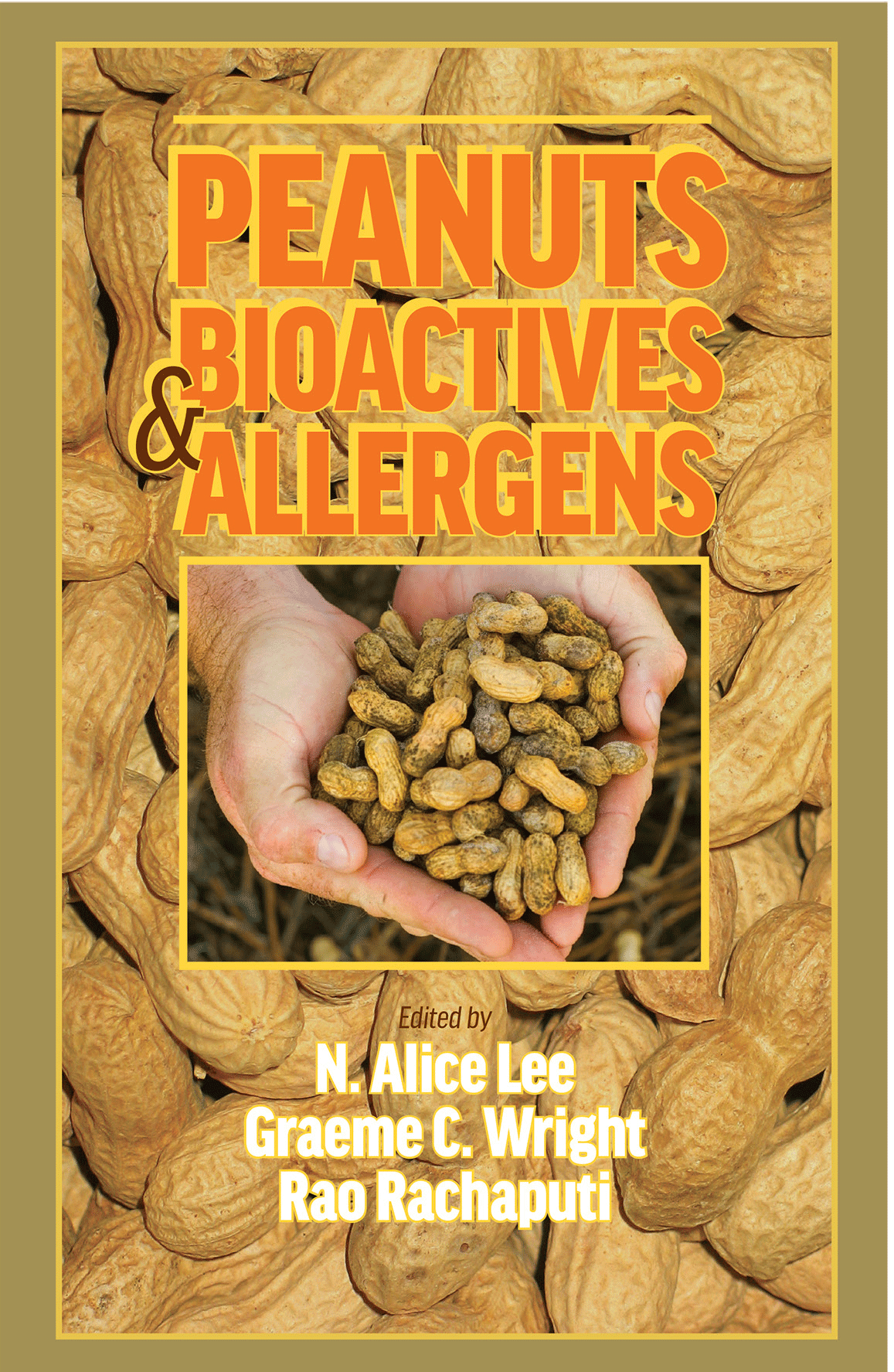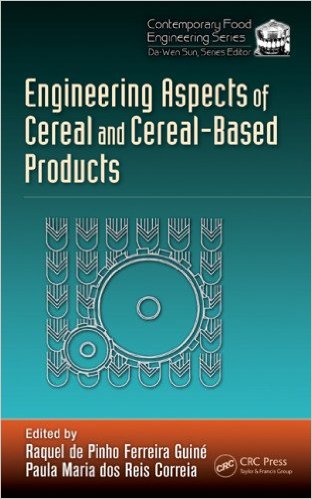California almond farmers have been working to make sure consumers get the most out of a handful of almonds, from nutritional benefits to contributing to climate solutions to regenerative agriculture practices, says the Almond Board of California. A new infographic shares how California almonds are a low-carbon, low-waste, and water-efficient ingredient that consumers crave, and manufacturers can feel good about using in product development:
- Almond farmers have reduced the amount of water used to grow each pound of almonds by 33% since the 1990s, through the adoption of water-saving technology such as drip irrigation.1 In 2018, they set a goal of an additional 20% reduction of water by 2025 and, as of 2022, had already achieved three-quarters of that goal.2
- Hulls for dairy feed can replace alfalfa hay pound to pound up to 20% in feed formulation. This reduces the acreage needed to grow alfalfa hay by 386,000 acres and saves the equivalent of 440 billion gallons of water.3
- Compared to other fruit and nut trees grown in California, almonds store one of the highest amounts of carbon per acre. An acre of California almond trees captures and stores 18 metric tons of carbon annually4 each one equal to removing 15 cars from the road each year.5
- Farms that use whole orchard recycling sequester 2.4 tons of carbon per acre,6 equivalent to living car-free for a year.7
1 University of California, 2010. Food and Agriculture Organization of the United Nations, 2012. Almond Board of California, 1990-94, 2000-14
2 CASP Almond Orchard 2025 Goals MidPoint, SureHarvest, November 2022
3 UC Davis Department of Agricultural and Resource Economics, 2020 Sample Cost Study Alfalfa Hay and Organic Alfalfa Hay
4 California Air Resources Board. An Inventory of Ecosystem Carbon in California's Natural & Working Lands. 2018 Edition (Updated 2020), p. 41
5 U.S. Environmental Protection Agency. Greenhouse Gas Equivalencies Calculator. July 2023.
6 Emad Jahanzad, et al. Orchard recycling improves climate change adaptation and mitigation potential of almond production systems. PLoS ONE. March 2020
7 Seth Wynes, et al. The climate mitigation gap: education and government recommendations miss the most effective individual actions. Environmental Research Letters.
Related - Ingrained Insights PODCAST: Episode 63: Dan Sonke, Blue Diamond Growers







